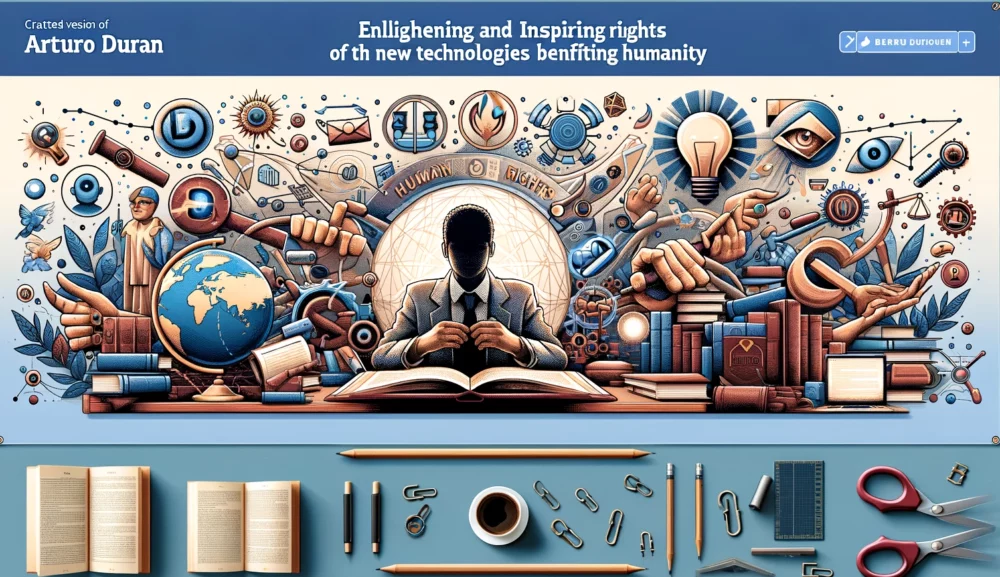From a young age, I’ve immersed myself in a wide range of texts, devouring knowledge from diverse sources that led me to venture into the hidden corners of the digital universe. In this ever-expanding realm, I’ve uncovered an intriguing paradox that governs our perceptions—a phenomenon echoed by the insights of Deepak Chopra. In 2017 I wrote an article about the False Consensus and the Majority Illusion.
The Worldview Trap: Deepak Chopra adeptly highlights the subtle and often invisible snare that ensnares us all—the confines of our worldview. This intricate mosaic shapes our perception of reality, rooted in the dual foundations of self-identity and the physical world we perceive. Yet, concealed within our worldview lie unwelcome remnants: scars of past experiences, outdated conditioning, and unresolved wounds.
The Concealed Cage: More elusive than these unwelcome tenants is a subtler, yet profound, confinement. Our worldviews function as limited models of reality, akin to the agoraphobe’s fear of open spaces, limiting our access to the full spectrum of human experience. Just as the agoraphobe’s world is confined to the walls of their home, our self-imposed worldviews imprison us, obscuring the most vital facet of authentic reality—the boundless realm of pure consciousness.
Transcending the Egoic Lens: In this era of practicality and empirical reasoning, we’re ensnared by the allure of the tangible—physical entities that we see, touch, and interact with daily. However, as Deepak Chopra emphasizes, true liberation emerges when we transcend this egoic lens. Our familiar “I” consciousness, entwined with a mere sliver of the infinite field of consciousness, becomes the gateway to infinite possibilities. It’s a choice to shatter the shackles of common-sense reality and embrace a broader understanding—one that perceives not just a world of tangible “stuff,” but a boundless field of consciousness.
Embracing Conscious Reality: As we stand at this crossroads, the path toward liberation beckons. It’s a journey where we dismantle the constraints of our self-imposed worldview, daring to explore the uncharted territory of consciousness. Like a traveler voyaging into the unknown, we relinquish the comforts of the familiar for the exhilaration of expanding horizons. To embrace conscious reality is to unlock the treasure trove of existence—an existence that extends far beyond the limitations of the common-sense world.
Conclusion: In the intricate tapestry of our existence, the threads of false consensus, the majority illusion, and the common sense reality trap are interwoven. However, as Deepak Chopra’s wisdom illuminates, there is a path toward emancipation. By acknowledging the limitations of our worldviews and embracing the vast, unbounded field of pure consciousness, we not only break free from the illusion but also step into a reality that transcends the ordinary. Let us embark on this transformative journey—a journey that leads us to perceive, understand, and experience reality in its most profound and expansive form.

